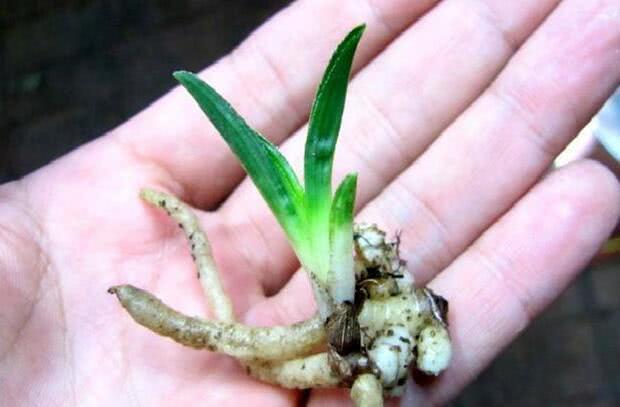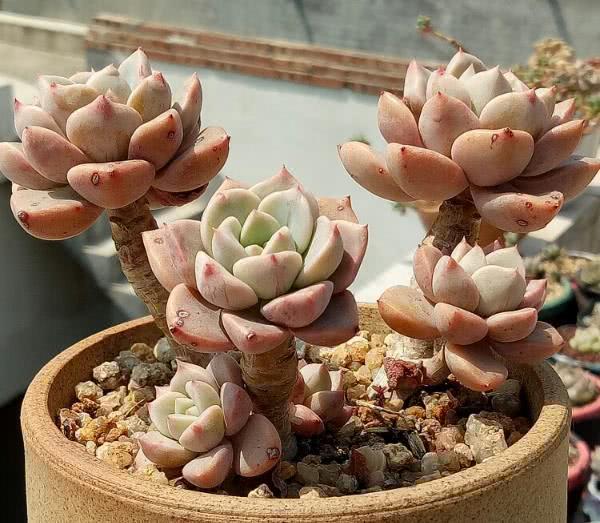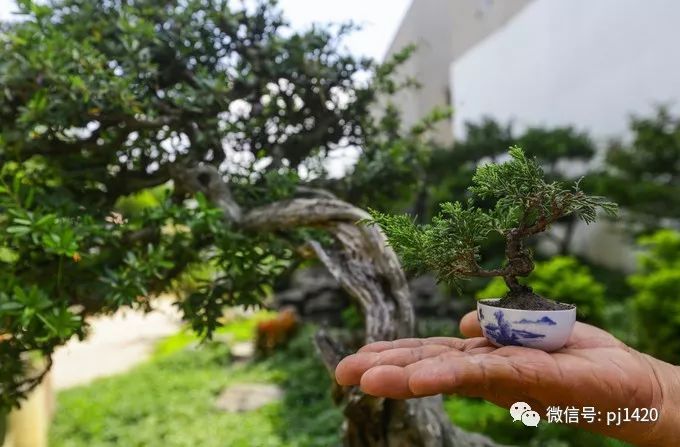Old florist demonstration: boil, soak, throw orchids into small white roots, strong and green buds

Orchids have a high status in our country. Our law clearly stipulates that wild orchids cannot be sold by themselves. from this we can see the status of orchids in people's hearts, which has been the elegant name of a gentleman in flowers since ancient times. With the improvement of people's living standards, people's quality of life is getting higher and higher, and many scholars like to raise a pot of orchids at home, but many people like orchids, but they can't raise orchids well. I feel that the orchid grows too slowly all the year round, and some plants do not sprout new buds because their old leaves wither, and they raise less and less, but if you want the orchid to grow fast, there are also tips for sending more lateral buds. Today, share a little way: boil this thing, soak it in a bubble, throw it into a pot, and the white root of the orchid becomes a "small bud", strong and green!
So what is the thing we are talking about here?
This is not urgent, let's first take a look at the habits of orchids! Orchids originally grow in hilly areas or mountain springs, some in wooded valleys with sloping slopes, or in rocky crevices with deeper soil layers.
The root system of orchid is distributed on the surface of the soil layer, which requires that the soil layer is rich in humus and has good properties of loose texture, water permeability, fertilizer and water conservation. The soil is acidic and the pH value is between 5.5 and 6.5.
Because the thing we choose according to the habits of orchids is willow bark, then why willow bark?
I believe flower friends all know an old saying: "it is impossible to plant flowers without willow planting." this sentence well reflects that willow is a kind of potted plant that takes root and sprouts quickly and easily. Why on earth is that?
In fact, this is mainly because salicylin, a chemical substance contained in willow bark and leaves, can promote rooting, germination and leaf photosynthesis of plants, so we make use of this characteristic of willow bark to plant orchids. It can promote orchids to take root quickly, take more roots, sprout more, rich in chlorophyll, and orchid plants grow vigorously.
So how do we use it?
We can put the collected willow flaps into small pieces, put them in plastic bags or stack them together, then mix them with distiller's grains and seal them evenly, and finally put them in a place with high temperature (preferably in the sun). After about half a year, the mature willow bark can be mixed with the pot soil of orchids to grow orchids. The willow bark in the orchid plant should not exceed 20%, which will also inhibit the growth of orchid bacteria.
There are also flower friends who collect willow bark, do not rot, cut it short, boil it with water to kill insects, soak it in clean water for a few days, and can also be mixed with the potted soil of orchids to grow orchids. The effect is also very good.
The use of willow bark can promote the growth of orchids, then other conservation can not be ignored, such as orchid watering, orchid family cultivation watering with natural Rain Water, stream water, well water, river water is the best, such as tap water, to first use the tank storage, sun exposure to remove bleach after use, such as long-term tap water watering flowers, will make the cultivation substrate gradually alkalized.
There should also be an appropriate amount of light, and the family raises orchids. In order to control the amount of light, it is best to put it on the balcony window sill or under the eaves with bamboo shade, generally shading from 9: 00 a.m. to 6: 00 p.m., and open the curtains after 6: 00 a.m. and 6 p.m., so that it can accept scattered sunlight. In winter, it should be moved to the place where the scattered light is visible indoors, but direct sunlight should also be avoided. The shade tolerance of orchids was the strongest, followed by Jian Lan, while Chunlan and Cymbidium were weaker.
That's all for today's sharing.
- Prev

How should succulent plants be watered for the first time not to rot their roots?
Succulent, this is a lot of people like to raise, but not everyone can raise succulent, succulent plants on the basin is divided into two cases, tidal soil on the basin and dry soil on the basin, in fact, part of the wet soil and dry soil mixed evenly.
- Next

The whole person has changed since playing bonsai.
When I like bonsai, I actually like such a state of life, and suddenly I find that the whole person has changed. Since playing with bonsai, I have been very busy every day, pruning, styling and changing pots. I am so busy that I will be free once in a while.
Related
- Wuhan Hospital Iron Tree Blooming Result Was Instantly Frightened by the Gardener Master
- Which variety of camellia is the most fragrant and best? Which one do you like best?
- What is the small blue coat, the breeding methods and matters needing attention of the succulent plant
- Dormancy time and maintenance management of succulent plants during dormancy
- Minas succulent how to raise, Minas succulent plant pictures
- What are the varieties of winter succulent plants
- How to raise succulent plants in twelve rolls? let's take a look at some experience of breeding twelve rolls.
- Attention should be paid to water control for succulent plants during dormant period (winter and summer)
- Watering experience of twelve rolls of succulent plants
- Techniques for fertilizing succulent plants. An article will let you know how to fertilize succulent plants.

